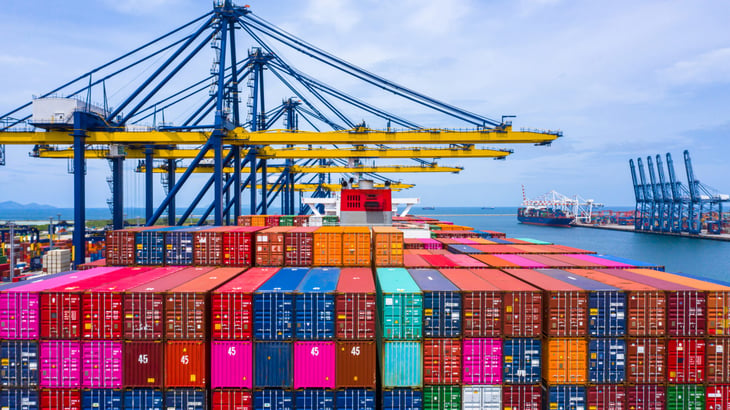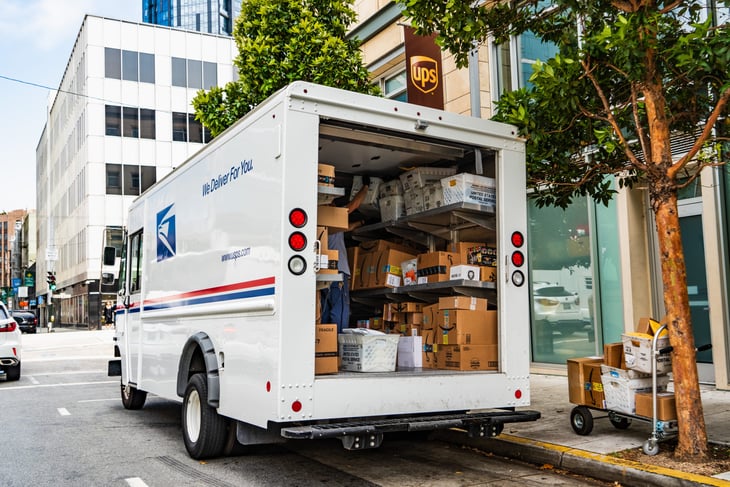
After more than a year of pandemic-related money woes, you might think holiday shopping will be slow this year.
If 2020 spending is any indication, you’d be wrong.
Consumers shelled out a whopping $789 billion in November and December 2020, according to the National Retail Federation. That was an increase of 8.3% over the previous year’s holiday spending — and more than double the average increase during the previous five years.
While the NRF has yet to release its 2021 holiday spending forecast, the industry group has predicted that overall sales will grow between 10.5% and 13.5% in 2021.
The NRF cited issues such as worker shortages and an “overheating” economy as potential wild cards, but noted that, overall, consumers are “demonstrating their ability and willingness to spend.”
Good thing, because the 2021 holidays are likely to be really spendy.
Here’s a look at some major reasons the holidays could cost you more this year — and some tips for getting around it.
1. Supply-chain strains

The ongoing microchip shortage is still affecting the supply and price of many giftable items. But you stand to see product shortages and higher prices this holiday shopping season for a few other reasons, too.
The Suez Canal incident: While it was back in March that a shipping vessel got stuck in Egypt’s Suez Canal for six days, Money.com reports a continuing ripple effect of delays and increased shipping costs.
A spike in global shipping costs: The Wall Street Journal reports that daily ocean-freight rates from China to the U.S. West Coast rose 66% between January and the end of June 2021, and more than 400% since January 2020.
High demand: Giant retailers like Amazon and Walmart are fighting for shipping container space, the WSJ notes. These stores and others are looking to restock fully after pandemic-related shortages of certain items. This pent-up demand has caused bottlenecks at ports and higher prices on commodities and manufactured goods.
Factory closures: The Asian shipping news website Splash247.com reported COVID-19-related factory shutdowns in China, Thailand and Vietnam in early August. About one-third of garment and textile factories in Vietnam were shuttered — and since that country is one of the world’s major clothing manufacturers, this could have a serious impact on Nike and other companies, the site notes.
What does all this mean for shoppers? Higher prices and tighter supplies for items like clothing, electronics, vehicles and toys.
About that last one: Fortune notes that most toys are made in China and that brands such as Mattel, Hasbro, Little Tikes and LOL Surprise are likely to raise prices — or have already raised them — to offset the supply-chain disruption.
2. General inflation

Do some items look more expensive than usual? That’s because they are.
Major manufacturers have already raised prices on household staples such as toilet paper, diapers and pet food. And recently the CEOs of some major companies like McCormick & Co. and Conagra announced that your food budget is going to take a hit.
Blame inflation: In both June and July, overall inflation increased 5.4% year over year based on the federal Consumer Price Index — the highest 12-month increase since 2008. This trend may continue, or inflation could outright ignite, making times even tougher for consumers.
3. Postal price hikes — and slower shipping

That annual “if it fits, it ships” holiday package might get more expensive soon. The U.S. Postal Service has announced plans for a temporary price hike for the time period of Oct. 3 through Dec. 25.
If approved by the Postal Regulatory Commission, the federal agency that oversees the Postal Service, the price hikes would average 2.3% for Priority Mail Express and 5.3% for Priority Mail.
Additionally, the Postal Service recently announced that as of Oct. 1 it will take one to two days longer to deliver some first-class mail.
What this means for shoppers

The early bird catches the worm — or at least gets a fighting chance at avoiding higher holiday costs. That is to say: Start. Planning. Now.
Since supplies are already limited in some areas, you might have to look longer to get everything on your list. Sure, maybe those LOL Surprise dolls will miraculously be in stock in the third week of December. Don’t count on it. And even if they are, chances are they’ll cost more.
Defray higher costs with money-saving tactics such as shopping through a cash-back site like Rakuten, finding hidden savings by using a browser extension like Honey and paying with a rewards credit card.
Learn more savvy spending tips from articles like “8 Easy Ways to Cut the Cost of Holiday Shopping” and “12 Ways You Can Get Gift Cards for Free.”
This might be the year when you wind up giving a lot of gift cards. Some people may still think these aren’t great gifts, but many recipients just love getting that buying power. Bonus: You can send e-gift cards and not worry about one going astray in the mail.
Don’t rule out alternative gift sources, either. A consignment store, thrift shop, Buy Nothing Facebook group or neighborhood garage sale might have the perfect present for some of the folks on your list.
Finally: Try to ship your gift packages before Oct. 3. Those extra shipping charges probably won’t break the bank, but why spend more than you must?





Add a Comment
Our Policy: We welcome relevant and respectful comments in order to foster healthy and informative discussions. All other comments may be removed. Comments with links are automatically held for moderation.